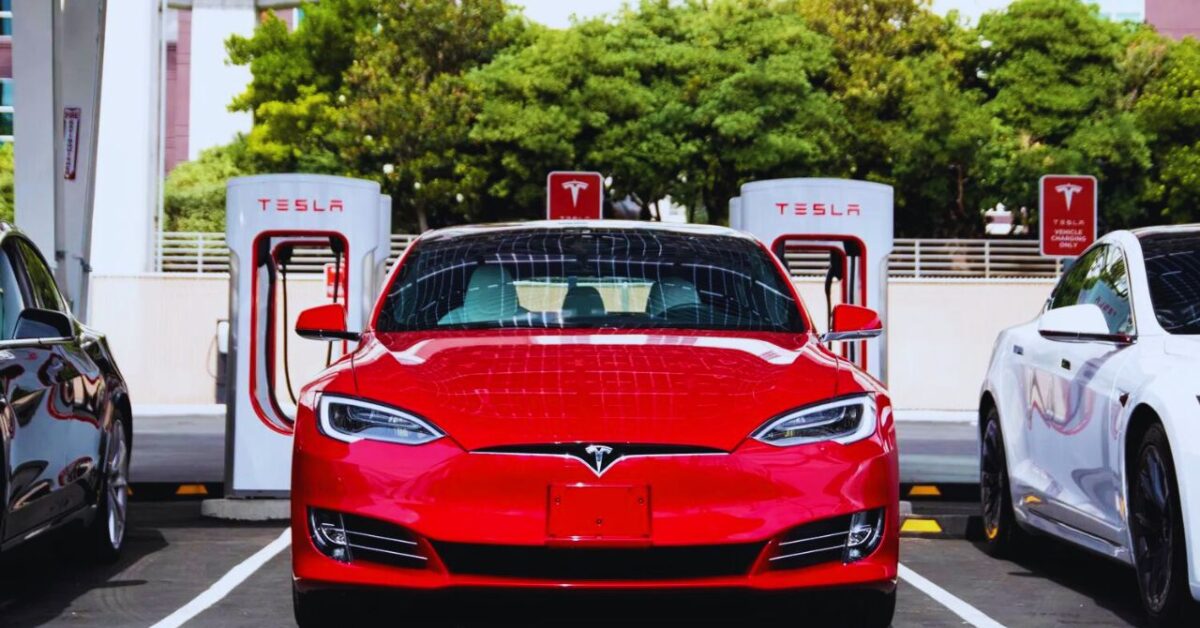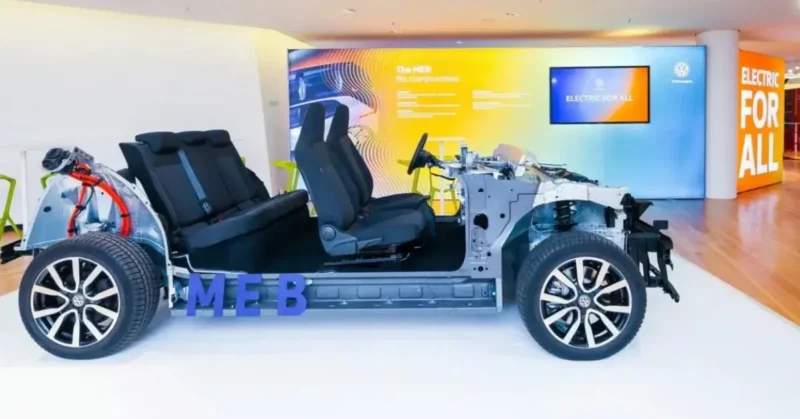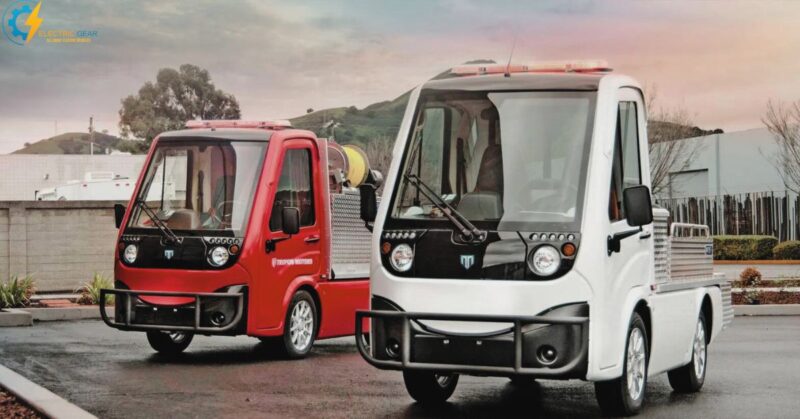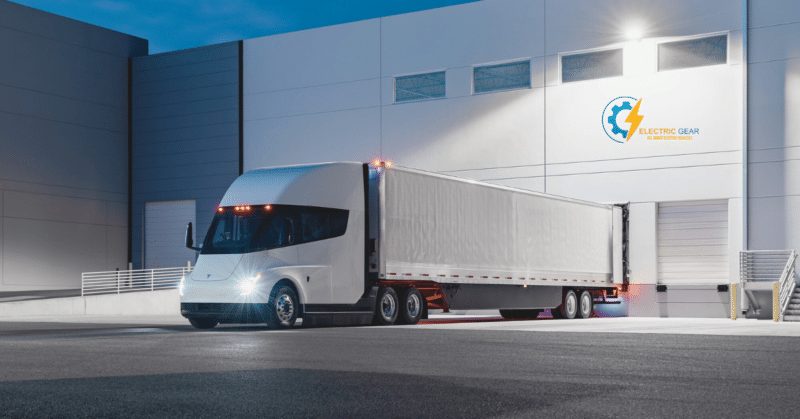Tesla offers a battery warranty for their electric vehicles (EVs) that covers defects and performance degradation. Here is a comprehensive article on the Tesla battery warranty.
Warranty Period Tesla offers two separate EV warranties:
- A New Vehicle Limited Warranty and a Battery and Drive Unit Limited Warranty. The New Vehicle Limited Warranty covers the entire vehicle for four years or 50,000 miles, whichever comes first.
- The Battery and Drive Unit Limited Warranty, on the other hand, covers the battery and drive unit specifically for a longer period.
The length of the Battery and Drive Unit Limited Warranty depends on the model of the vehicle and the year it was purchased. Here are the current warranty periods for each model:
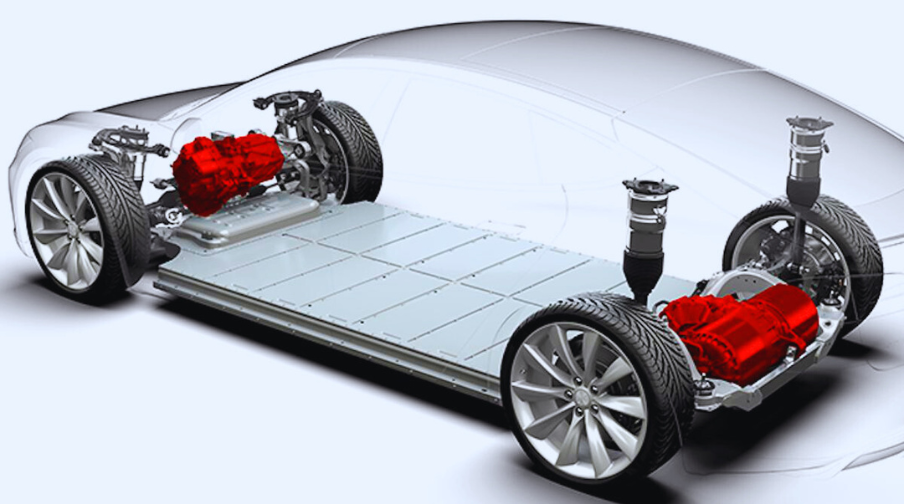
Model S and Model X:
- 8 years or 150,000 miles for the 60 kWh battery
- Eight years or 200,000 miles for all other battery sizes
Model 3 and Model Y:
- 8 years or 100,000 miles for the Standard Range battery
- 8 years or 120,000 miles for the Long Range battery
- 8 years or 150,000 miles for the Performance battery
Battery Performance Guarantee In addition to the warranty period, Tesla offers a Battery Performance Guarantee that covers certain types of battery performance degradation. The performance guarantee varies by model and battery size:
Model 3 and Model Y
- 70% retention of battery capacity over the warranty period
- Standard Range battery: 70% retention of battery capacity over the warranty period
- Long Range battery: 80% retention of battery capacity over the warranty period
- Performance battery: 70% retention of battery capacity over the warranty period
If the battery performance falls below the guaranteed level within the warranty period, Tesla will repair or replace the battery at no cost to the owner.
Exclusions and Limitations
It is important to note that the battery warranty does not cover damage caused by accidents, misuse, or abuse. Additionally, the warranty will be voided if the battery has been modified or tampered with. Tesla also reserves the right to determine whether battery degradation is due to a defect or normal wear and tear.
Here is an example of a table showing the Tesla Battery Warranty for different vehicle models and battery types:
| Vehicle Model | Battery Type | Warranty |
|---|---|---|
| Model S, Model X, Model 3, Model Y | Long Range, Performance | 8 years or 120,000 miles, whichever comes first |
| Model S, Model X | 60 kWh | 8 years or 125,000 miles, whichever comes first |
| Model S, Model X | 70 kWh | 8 years or unlimited miles |
| Model S, Model X | 85 kWh | 8 years or unlimited miles |
| Model S, Model X | P85, P85+ | 8 years or unlimited miles |
| Roadster | 3.0 Battery Upgrade | 8 years or 100,000 miles, whichever comes first |
Tesla Battery Warranty Coverage and Limitations
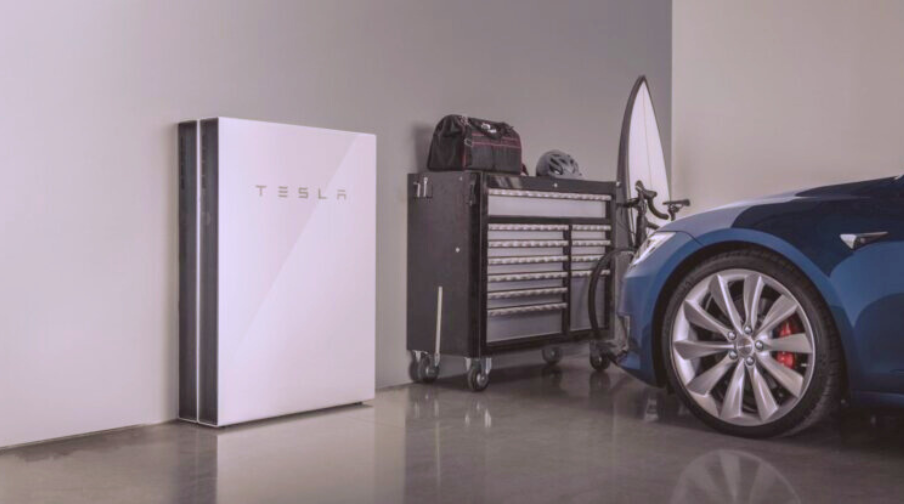
Tesla offers a battery warranty for its electric vehicles including the Tesla Semi truck. Here are some details about the warranty coverage and limitations:
1. Standard battery warranty: The standard battery warranty for the Tesla Semi covers the battery for eight years or 500,000 miles, whichever comes first. During this time, Tesla will repair or replace any battery that fails due to defects in materials or workmanship.
2. Extended battery warranty: Tesla also offers an extended battery warranty for the Tesla Semi, which can extend the coverage period beyond the standard eight years or 500,000 miles. The extended warranty can be purchased for an additional fee.
3. Battery degradation: The Tesla battery warranty does not cover normal battery degradation over time. However, Tesla offers a battery degradation warranty for its Model S and Model X vehicles, which guarantees the battery will maintain a certain capacity over a particular period. Whether this warranty will be extended to the Tesla Semi is still determined.
4. Limitations: Certain restrictions, such as proper usage and maintenance of the vehicle, apply to the battery warranty coverage. Tesla stipulates that the car must be used and maintained per Tesla’s recommendations and that the battery must be charged and discharged under the manufacturer’s instructions.
5. Transferability: The Tesla battery warranty is transferable to subsequent vehicle owners, but certain conditions apply. For example, the warranty transfer must be completed within 30 days of the vehicle transfer, and there may be a transfer fee.
Overall, the Tesla battery warranty covers the battery in the Tesla Semi truck for eight years or 500,000 miles, whichever comes first. While the warranty does not cover normal battery degradation over time, it does cover defects in materials or workmanship. Certain limitations and conditions apply to any warranty, so reviewing the details carefully is important.
Understanding the Fine Print of Tesla’s Battery Warranty
Some general details apply to all Tesla battery warranties.
The first thing to note is that Tesla offers two battery warranties:
A Standard Battery Warranty: The Standard Battery Warranty covers the battery for several years or miles, whichever comes first.
An Extended Battery Warranty: The Extended Battery Warranty can be purchased to extend the coverage beyond the Standard Battery Warranty period.
The Standard Battery Warranty for Tesla vehicles typically covers the battery for eight years or 100,000 miles, whichever comes first. For example, the Model 3 and Model Y Standard Battery Warranty covers the battery for eight years or 100,000 miles, while the Model S and Model X Standard Battery Warranty cover the battery for eight years or 150,000 miles. It’s important to note that this coverage only applies to defects in materials or workmanship, not normal battery degradation over time and use.
In addition to the Standard Battery Warranty, Tesla offers a Battery Degradation Warranty. This warranty covers battery capacity loss over time and use and is only available for certain models and years.
For example, the Model S and Model X from 2012 to 2015 have an 8-year Battery Degradation Warranty, while the Model S and Model X from 2016 onward have a 5-year Battery Degradation Warranty. The Model 3 and Model Y do not offer a Battery Degradation Warranty.
Types of Tesla Batteries
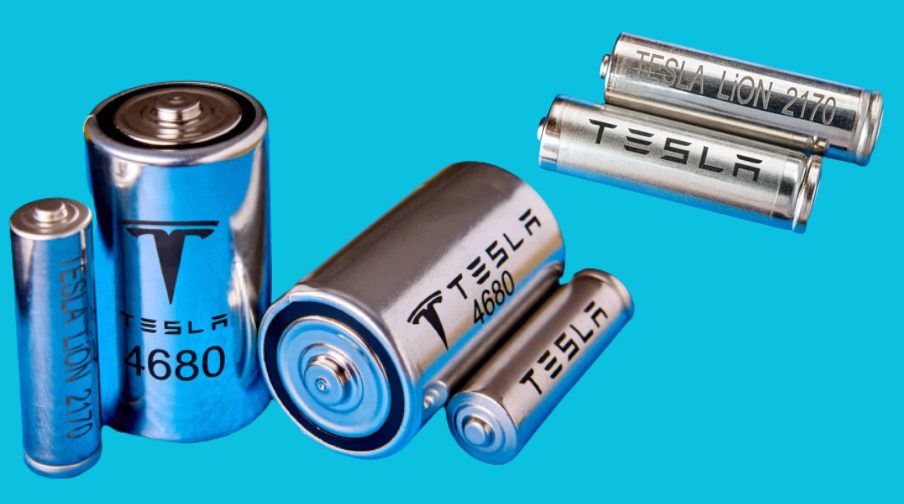
Before we dive into the details of the Tesla battery warranty, it’s important to understand the types of batteries that Tesla uses in its vehicles. Currently, Tesla uses three types of batteries:
1. Standard Range Battery – This battery has a range of up to 263 miles and is used in the Model 3 Standard Range and Model Y Standard Range vehicles.
2. Long Range Battery – This battery has a range of up to 353 miles and is used in the Model 3 Long Range, Model S Long Range, and Model X Long Range vehicles.
3. Performance Battery – This battery ranges up to 348 miles and is used in the Model 3 Performance, Model Y Performance, Model S Plaid, and Model X Plaid vehicles.
Tesla Battery Warranty Overview
Depending on the battery type, Tesla provides a thorough battery guarantee that covers its vehicles for up to 8 years or a specific number of miles. The guarantee also covers certain forms of battery degeneration and material and workmanship flaws. A breakdown of the Tesla battery warranty is shown below:
- Standard Range Battery – This battery is covered for up to 8 years or 100,000 miles, whichever comes first. The warranty covers defects in materials, workmanship, and the battery if it drops below 70% of its original capacity during the warranty period.
- Long-Range Battery – This battery is covered for up to 8 years or 120,000 miles, whichever comes first. The warranty covers defects in materials, workmanship, and the battery if it drops below 70% of its original capacity during the warranty period.
- Performance Battery – This battery is covered for up to 8 years or 120,000 miles, whichever comes first. The warranty covers defects in materials, workmanship, and the battery if it drops below 70% of its original capacity during the warranty period.
What’s Covered by the Tesla Battery Warranty?
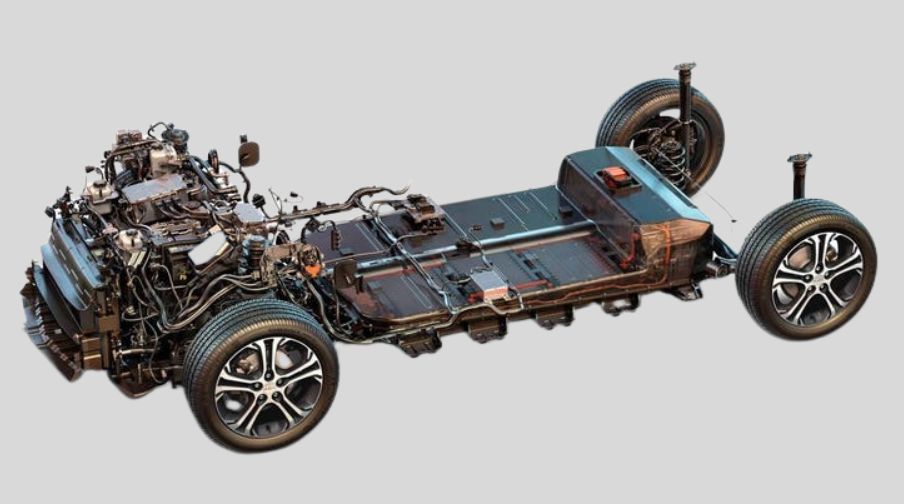
The Tesla battery warranty covers many issues related to the battery system. Here’s a breakdown of what’s covered:
1. Battery failure due to defects in materials and workmanship – If the battery fails due to a defect in materials or workmanship, Tesla will repair or replace the battery at no additional cost to the owner.
2. Capacity degradation – If the battery drops below 70% of its original capacity during the warranty period, Tesla will repair or replace the battery at no additional cost to the owner.
3. Charging issues – If there is a charging issue in the battery, Tesla will repair or replace the battery at no additional cost to the owner.
4. Faulty cells or modules – Tesla will repair or replace the battery at no cost to the owner if the battery has faulty cells or modules. What’s Not Covered by the Tesla Battery Warranty?
While the Tesla battery warranty is comprehensive, certain things must be covered. Here’s a breakdown of what’s not covered:
1. Damage caused by accidents, abuse, or misuse – If the battery is damaged due to an accident, abuse, or misuse, the warranty will not cover the cost of repair or replacement.
2. Normal wear and tear – If the battery degrades due to normal wear and tear, the warranty will not cover the cost of repair or replacement.
3. Environmental damage – If the battery is damaged due to environmental factors such as flooding, fire, earthquake, or other natural disasters, the warranty will not cover the cost of repair or replacement.
4. Modifications or repairs made by unauthorized third-party service providers – The warranty may be voided if the battery is modified or repaired by an unauthorized third-party service provider.
5. Upgrades or retrofits – The warranty may be voided if the battery is upgraded or retrofitted with non-Tesla parts.
The list above is not all-inclusive, and Tesla’s battery warranty terms and conditions could change. It’s wise to carefully study the warranty and contact Tesla with any queries or concerns.
How Tesla’s Battery Degradation Warranty Works

Tesla’s battery degradation warranty guarantees that the battery will retain a certain capacity over the warranty period, which varies depending on the model. For example, the Model S and Model X are covered by an 8-year or 150,000-mile warranty, which guarantees that the battery will retain at least 70% of its original capacity over that period.
On the other hand, the Model 3 and Model Y are covered by an 8-year or 100,000-mile warranty, which guarantees that the battery will retain at least 70% of its original capacity over that time.
If the battery’s capacity falls below the guaranteed level within the warranty period, Tesla will repair or replace the battery at no cost to the owner. The owner must bring the vehicle to a Tesla service center or authorized repair facility for inspection to make a warranty claim.
If the battery is below the guaranteed capacity level, Tesla will repair or replace the battery as necessary.
It’s crucial to understand that the battery degradation warranty only covers significant capacity loss from regular use. It excludes damage brought on by mistreatment, misuse, and vehicle modifications. Furthermore, the warranty does not cover environmental variables like high temperatures, salt exposure, flooding, or other physical damage.
Tips for Maximizing Your Tesla Battery’s Lifespan Under Warranty
Here are some general tips that may help extend the life of your Tesla battery:
1. Keep your battery within its optimal temperature range: Extreme hot or cold temperatures can degrade battery performance and shorten lifespan. Tesla recommends keeping your battery between 20°C to 25°C (68°F to 77°F).
2. Avoid frequent fast charging: While fast charging is convenient, it can also cause extra wear on your battery. Try to use slow charging methods whenever possible.
3. Don’t let your battery drain completely: While Tesla batteries are designed to handle deep discharges, it’s best to avoid letting your battery run completely out of charge. It can put extra stress on the battery and reduce its lifespan.
4. Use the recommended charging settings: Tesla provides recommendations on the optimal charging settings for your specific model. Following these recommendations can help extend the life of your battery.
5. Keep your Tesla software up to date: Tesla regularly releases software updates to improve battery performance and help extend its lifespan. Keep your Tesla software up to date to get maximum advantage of these updates.
6. Avoid exposing your battery to extreme temperatures for long periods: If you store your Tesla for an extended time, keep the battery at a moderate temperature. Extreme temperatures can cause irreversible damage to your battery.
Tesla Battery Warranty Transferability: What You Need to Know
Tesla’s battery warranty is transferable to subsequent owners, giving them the same coverage as the original owner. The warranty coverage varies by model and battery type but generally covers defects in materials and quality and excessive battery capacity loss over time.
However, the warranty does not cover damage caused by accidents, misuse, or modifications to the vehicle. To transfer the warranty, the seller and buyer must complete the necessary paperwork and pay a transfer fee to Tesla.
How Tesla’s Battery Warranty Compares to Other EV Manufacturers
Tesla’s battery warranty is among the best in the electric vehicle (EV) industry. The company offers an 8-year or 150,000-mile warranty on its Model S, Model X, and Model 3 batteries and an 8-year or 100,000-mile warranty on its Model Y batteries. Additionally, Tesla guarantees that the battery will retain a certain capacity over the warranty period, which varies depending on the model.
In comparison, other EV manufacturers such as Nissan, Chevrolet, and BMW offer similar 8-year or 100,000-mile battery warranties but may not include the same capacity retention guarantee as Tesla. Some manufacturers, such as Hyundai and Kia, offer longer 10-year or 100,000-mile battery warranties but may not include the same capacity retention guarantee as Tesla.
The Impact of Environmental Factors on Tesla Battery Warranty Claims
Environmental conditions may significantly impact Tesla battery warranty claims. The battery guarantee from Tesla covers flaws in the materials and craftsmanship and a disproportionately rapid decline in battery capacity over time. However, the warranty does not cover environmental causes like severe temperatures, salt exposure, flooding, or other physical damage.
Tesla batteries are particularly susceptible to damage from high temperatures. Cold temperatures can impair a battery’s range and performance, while high temperatures can hasten cell deterioration. To prolong the battery’s life, Tesla advises keeping it between 68°F and 77°F (20°C to 25°C) in temperature.
Exposure to salt and other corrosive substances can also cause damage to Tesla batteries. For example, if a Tesla is frequently driven on salted roads, the salt can accumulate on the vehicle’s underside and cause corrosion to the battery pack.
In the event of flooding or other physical damage, Tesla’s warranty may not cover the cost of repairs. Tesla owners must protect their vehicles from environmental damage by avoiding driving in flood-prone areas or regularly washing their undersides to remove salt and other corrosive substances.
The Benefits of a Strong Battery Warranty for Tesla Owners
A strong battery warranty can provide several benefits to Tesla owners, including:
1. Peace of mind: A strong battery warranty gives owners peace of mind that their vehicle’s battery will be protected significantly. It can be essential for EV owners, who rely on their batteries to power their vehicles.
2. Cost savings: If a battery fails within the warranty period, the cost of repairs or replacement can be significant. A strong battery warranty can reduce or eliminate these costs for the owner.
3. Higher resale value: A strong battery warranty can also help increase a Tesla vehicle’s resale value. Buyers may be willing to pay more for a vehicle with a strong warranty, as it ensures it has been well-maintained and will continue to perform well.
4. Longer lifespan for the vehicle: A strong battery warranty encourages owners to take better care of their vehicle’s battery, which can help extend its lifespan.
Tesla’s Innovative Approach to Battery Warranty Management
Tesla has taken an innovative approach to battery warranty management by leveraging its extensive data analytics capabilities. The company uses data from its fleet of vehicles to continually monitor battery performance and identify potential issues before they become major problems.
Tesla can then proactively replace or repair batteries under warranty, often before the owner even realizes an issue. This approach helps to minimize downtime for the owner and ensures that their vehicle remains in top condition.
Additionally, Tesla’s over-the-air software updates can help optimize battery performance and extend battery life, further enhancing the warranty management process.
The Role of Tesla Service Centers in Battery Warranty Claims
Tesla service centers play a critical role in the battery warranty claims process. When an owner experiences an issue with their battery, they can bring their vehicle to a Tesla service center or authorized repair facility for diagnosis and repair.
At the service center, Tesla technicians use diagnostic tools to evaluate the battery’s performance and identify any issues. If the battery is below the guaranteed capacity level, Tesla will repair or replace the battery as necessary under warranty. Sometimes, the battery may need a software update to improve performance or address an issue.
Tesla service centers are staffed by trained technicians who specialize in working with electric vehicles and Tesla’s unique technology. This expertise is essential in diagnosing and repairing issues with the battery, which is one of the most critical components of the vehicle.
How to Navigate Tesla Battery Warranty Claims and Repairs
If you need to make a battery warranty claim or have a repair done under warranty, here are some steps to navigate the process:
1. Identify the issue: If your battery is not performing as it should, such as experiencing reduced range or charging issues, contact a Tesla service center to schedule an inspection.
2. Diagnosis: The Tesla service center will use diagnostic tools to identify the issue with your battery and determine if the battery warranty covers it.
3. Repair or replacement: If the warranty covers the battery issue, the Tesla service center will repair or replace the battery as necessary. If the issue needs to be covered, they will provide you with a quote for the repair.
4. Document the issue: Document any issues you experience with your battery, including dates and details, to help support your warranty claim.
5. Follow up: If you experience any issues after the repair or replacement, follow up with the Tesla service center to ensure that the issue is resolved.
6. Know your rights: If unsatisfied with the repair or replacement, you may have legal rights under your state’s lemon or consumer protection laws. Consult with an attorney to determine your options.
The Cost Savings of Tesla’s Long-Lasting Battery Warranty.
Tesla’s long-lasting battery warranty can provide significant cost savings for owners over the vehicle’s life. Here are a few ways in which the warranty can help owners save money:
1. Reduced repair costs: With an 8-year or 100,000-150,000-mile battery warranty (depending on the model), owners can rest assured that they will not have to pay for repairs or replacements for the battery if it fails to meet the guaranteed capacity level. This can save owners thousands of dollars in repair costs over the vehicle’s life.
2. Increased resale value: A strong battery warranty can increase the resale value of a Tesla vehicle, as it provides potential buyers with confidence that the battery will last for many years. It can result in higher resale prices and a better return on investment for owners.
3. Lower maintenance costs: Tesla’s battery technology is designed to require less maintenance than traditional internal combustion engines. With fewer moving parts, fewer components can fail or replace, resulting in lower maintenance costs over time.
4. Energy savings: Compared to conventional combustion engines, Tesla’s battery technology is more effective, eventually leading to cheaper energy prices. Owners can cut their energy expenditures and save money on utility bills by installing solar panels and using the battery to store electricity.
Frequently Asked Questions
What does the battery warranty cover?
The battery warranty covers defects in materials and workmanship that result in excessive capacity loss over the warranty period. It does not cover damage caused by accidents, misuse, or environmental factors.
How long is the battery warranty?
The length of the battery warranty varies depending on the model of the vehicle. An 8-year or 150,000-mile warranty covers the Model S and Model X, while an 8-year or 100,000-mile warranty covers the Model 3 and Model Y.
What is the guaranteed capacity level for the battery?
The battery warranty guarantees that the battery will retain at least 70% of its original capacity over the warranty period.
How do I make a warranty claim?
Bring your vehicle to a Tesla service center or authorized repair facility for inspection to make a warranty claim. If the battery is below the guaranteed capacity level, Tesla will repair or replace the battery as necessary.
Does the battery warranty transfer with the vehicle if I sell it?
Yes, the battery warranty is transferable to new owners for the remainder of the warranty period.
How can I extend the life of my battery?
To extend the life of your battery, avoid exposing it to extreme temperatures, charge it regularly to keep it above 20%, and avoid letting it sit at a low state of charge for extended periods.
Can I modify my vehicle without voiding the battery warranty?
Modifications to the vehicle can void the battery warranty if they damage the battery or other components. It's best to consult a Tesla service center before modifying your vehicle.

Imran is an experienced content writer who crafts engaging and informative articles for a variety of industries. With a keen eye for detail and a passion for storytelling, Imran delivers high-quality content that resonates with readers. Whether he’s writing blog posts, social media content, or website copy, Imran is committed to delivering compelling content that drives results.

